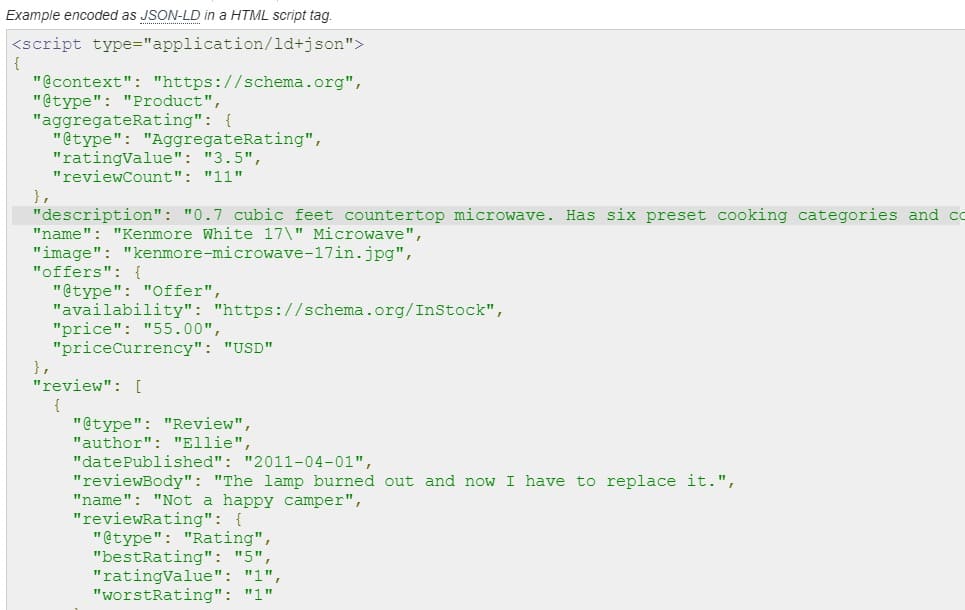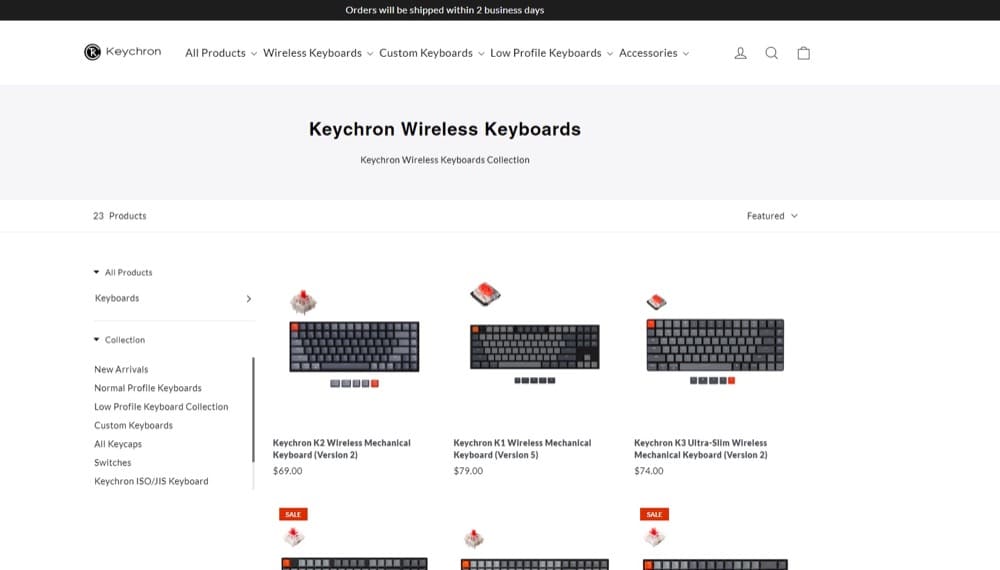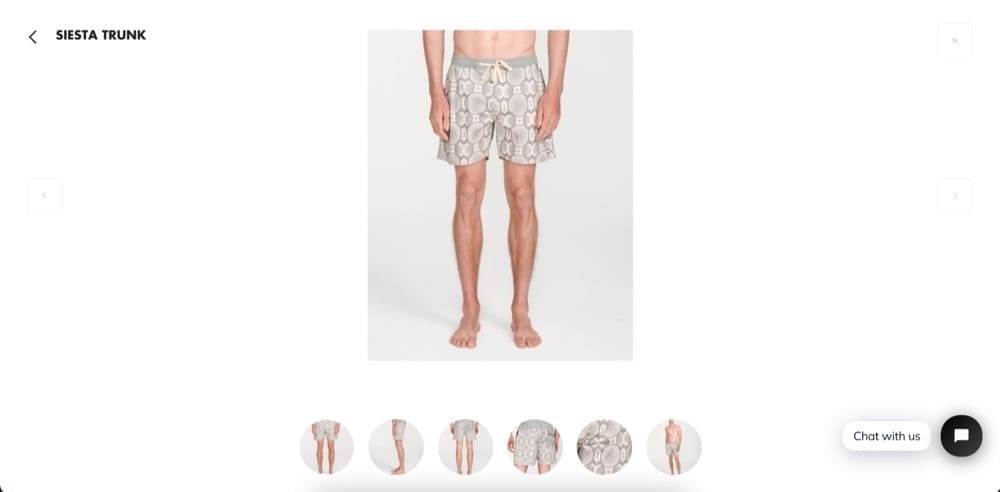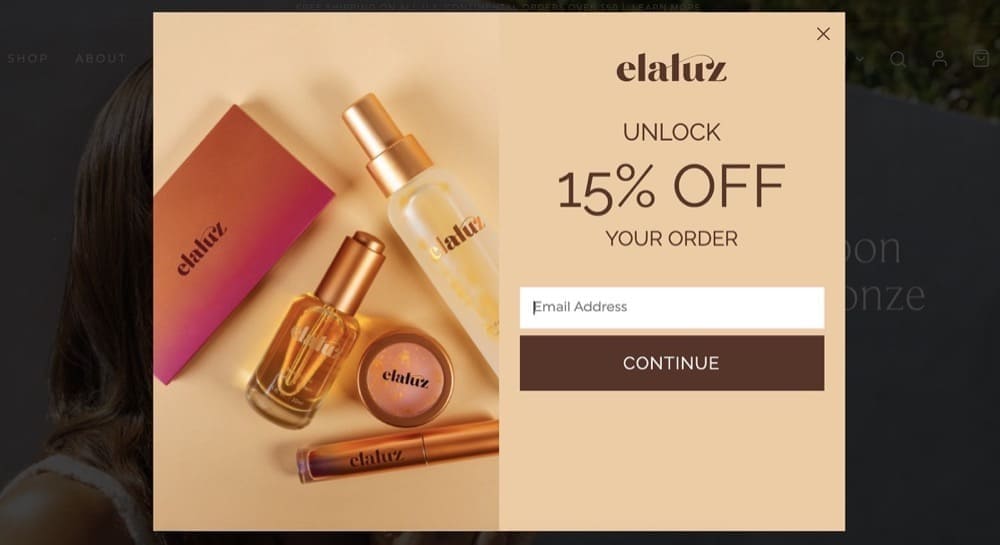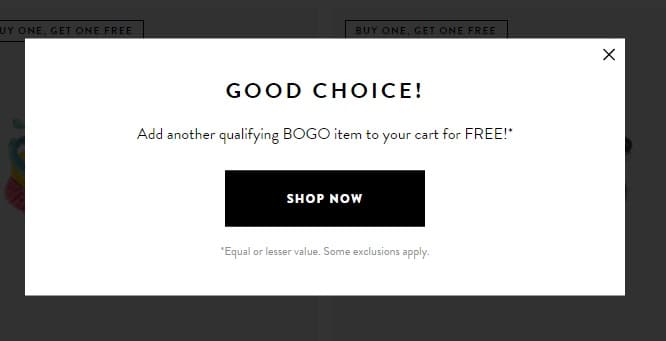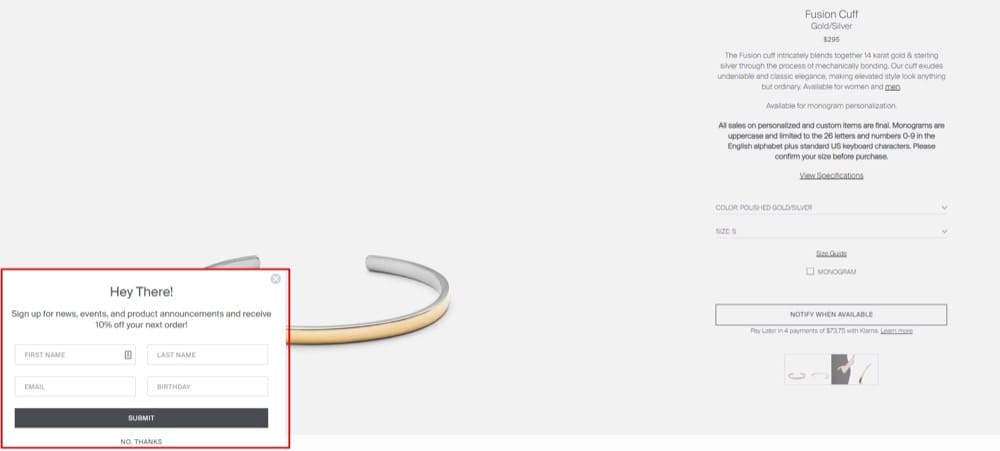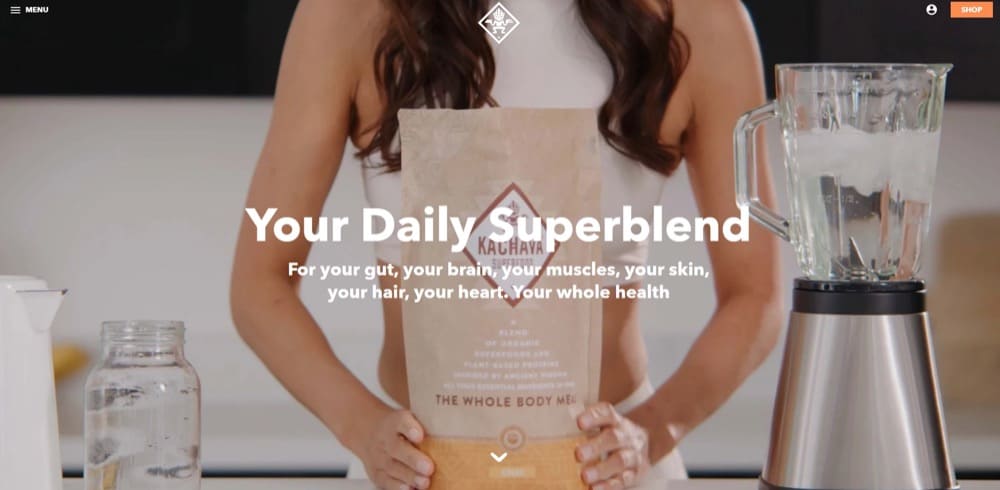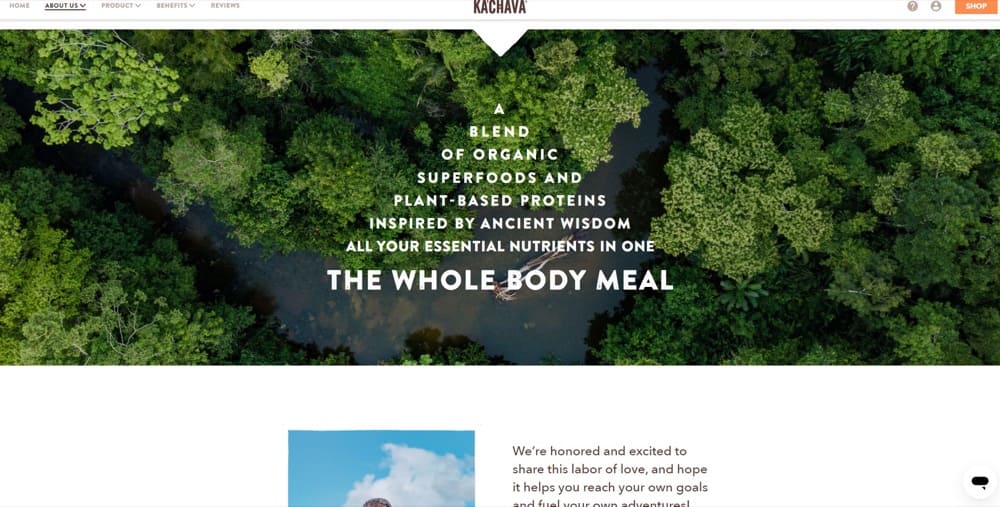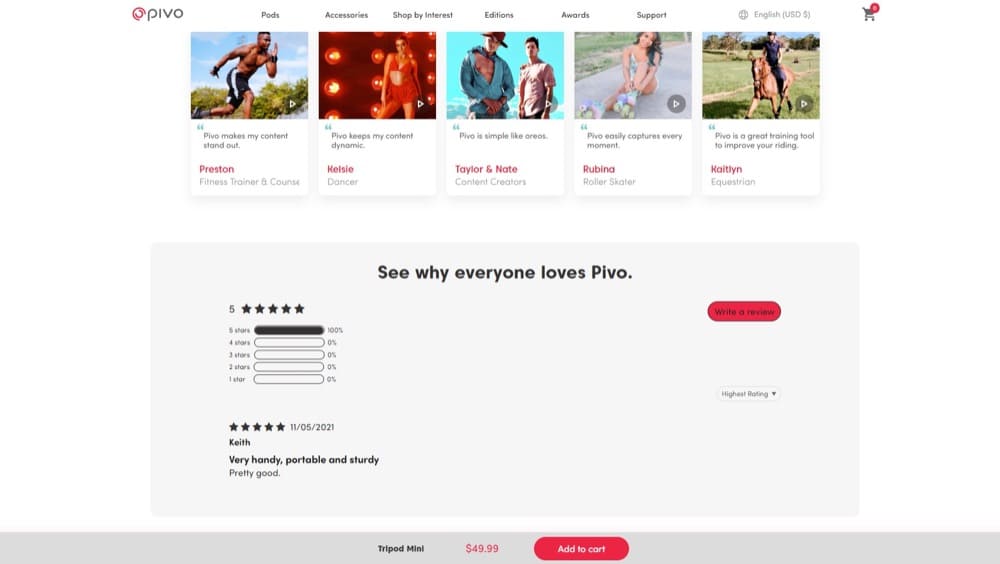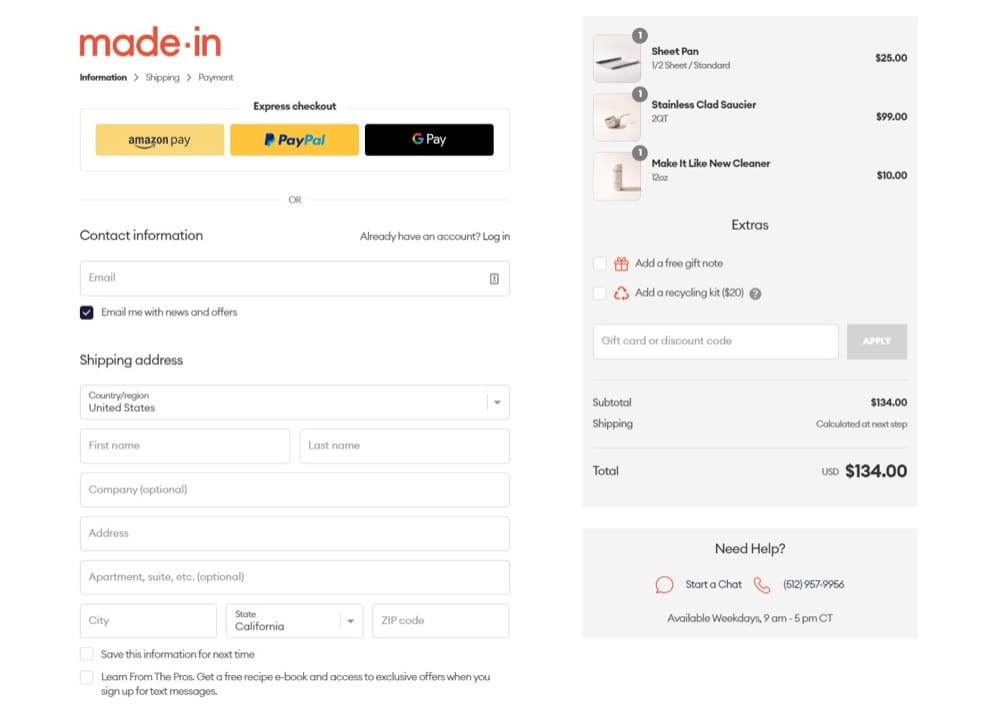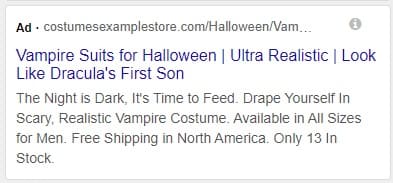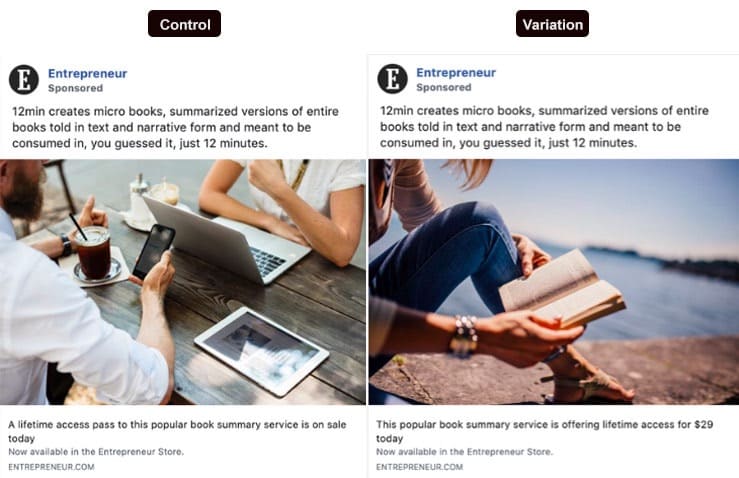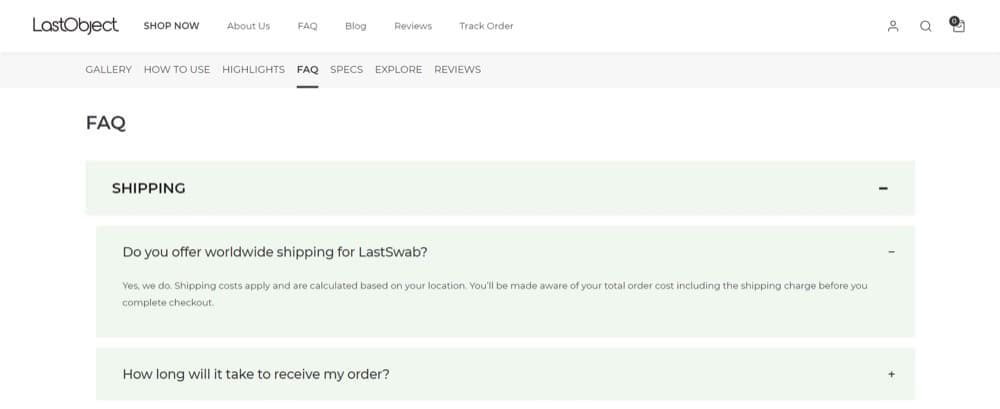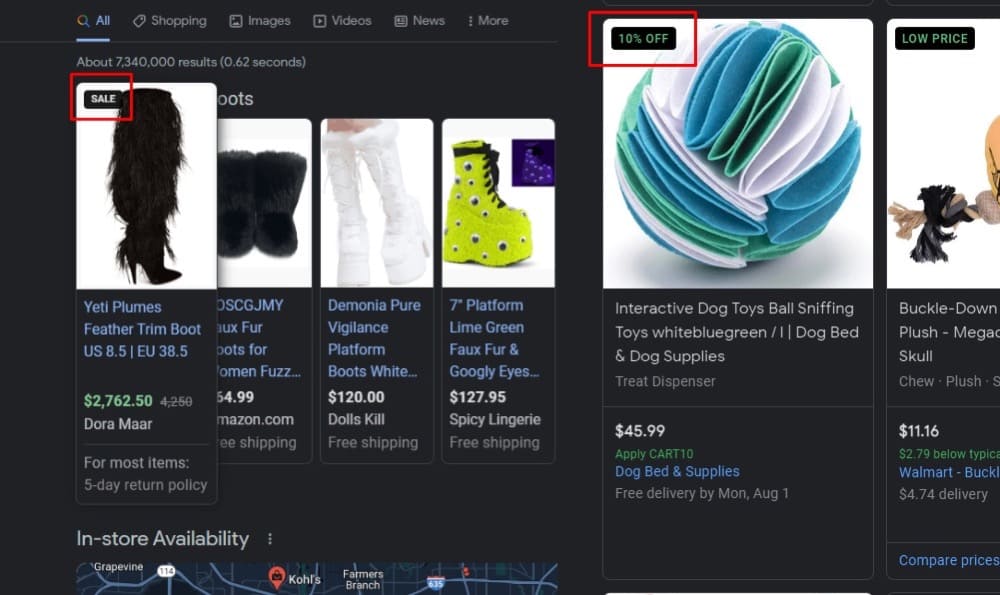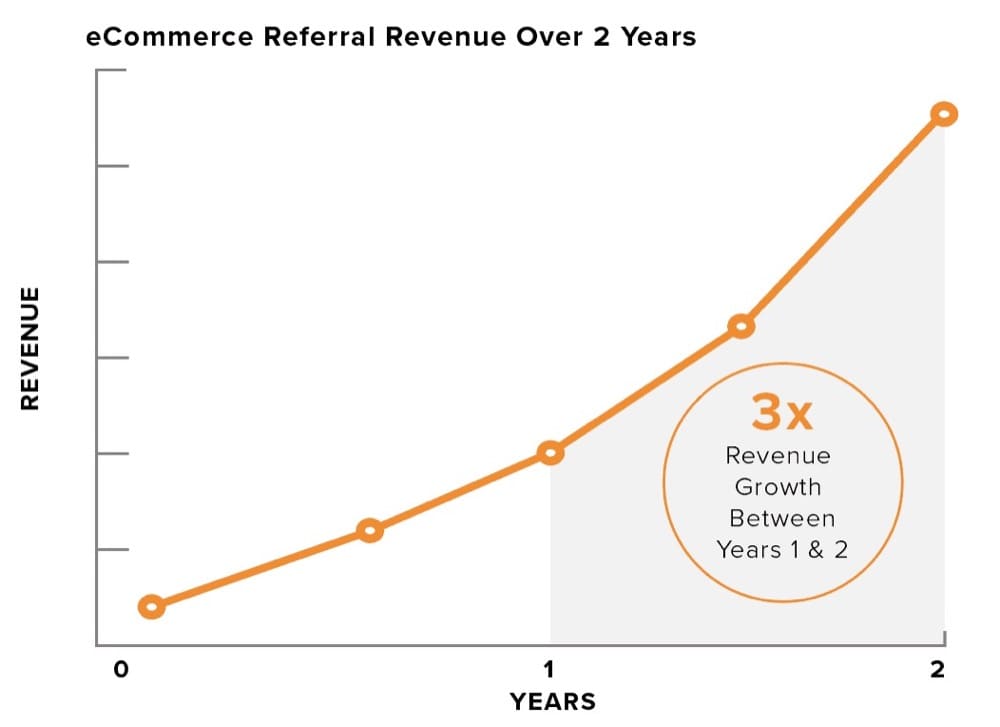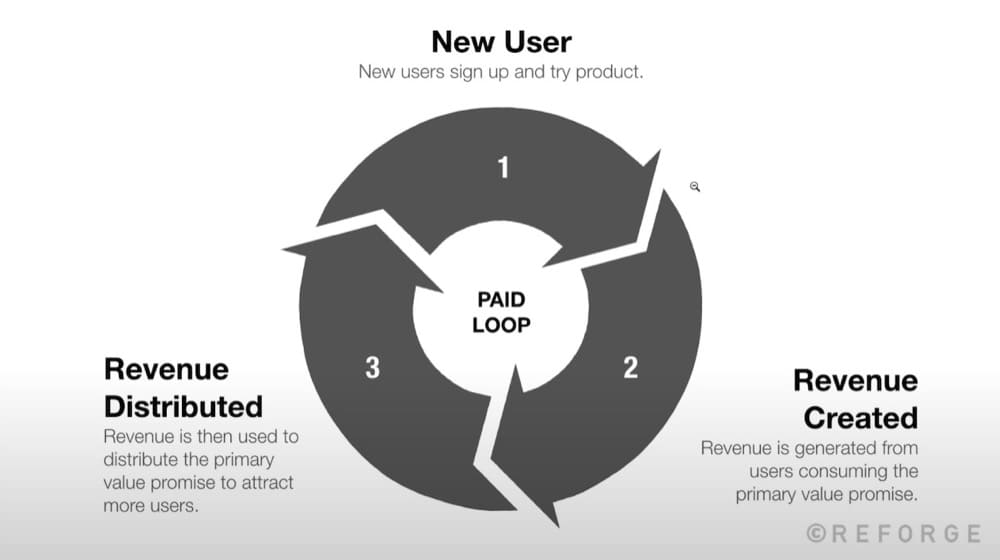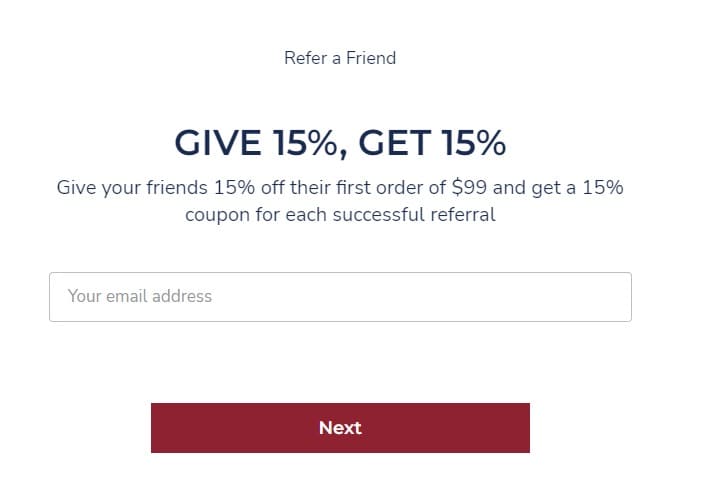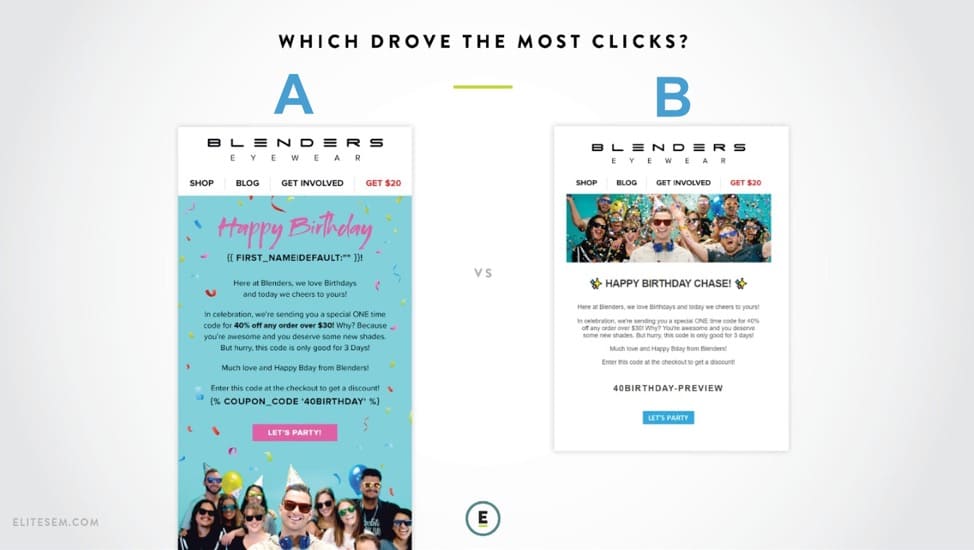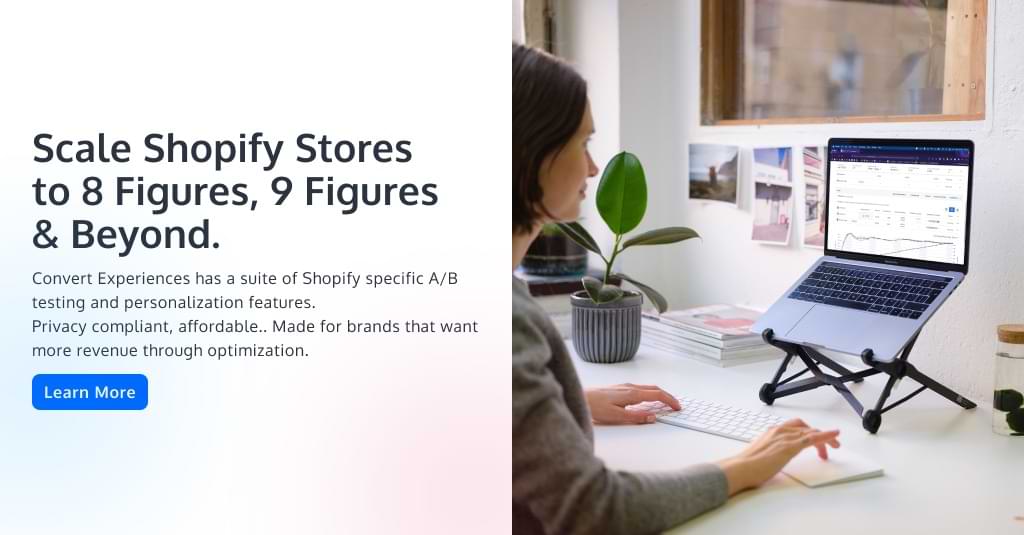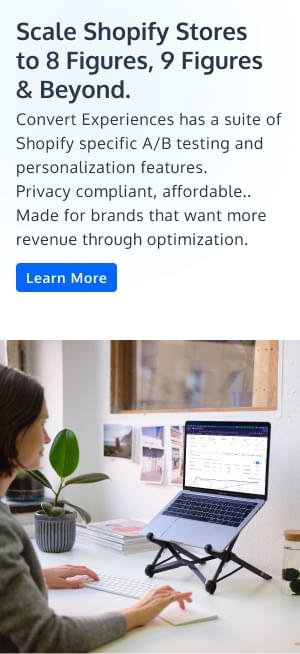How to Optimize Your Shopify Marketing Across the Board? (With Real Examples From Growth and CRO Experts)

Do you want your Shopify marketing machine to generate more customers and take you to 7-, 8-figures, and more?
Then stop copying optimization “tips and tricks”.
That’s not how Shopify marketing optimization works. It isn’t a rote task of applying best practices to your online store; instead, it is an ongoing process of finding what works for your store, product line, and niche.
Because:
As to methods; there may be a million and then some, but principles are few. The Shopify marketer who grasps principles can successfully handle their own methods. The one who tries methods, ignoring principles, is sure to have trouble.
Harrington Emerson (paraphrased)
The principles, in this case, are optimizing your Shopify store by improving what you have, fixing what’s broken, and ultimately, generating innovation. Discover your own best practices, what works for you and what doesn’t…
You can picture your online store as the ship of Theseus. Once you’ve improved every aspect of what you have, what you get is something that isn’t what you started out with. It is a new beast.
It is up to you to decide whether this “new entity” will lead to increased sales, higher average order value, a solid lifetime value, and low churn… or will it be a kind of “different” that looks surprisingly like what your competitors have already done, yet doesn’t perform for you?
If you opt for the former, the vehicle to deliver this strategic optimization and real innovation is A/B testing; where you find your specific profit-driving growth levers and apply experimentation to discover your unique pathway to growth.
Let’s look at how you can apply this to optimize your Shopify marketing.
- Optimize Search Engine Presence for Your Online Store Through Experimentation
- Optimize Your Landing Pages & Category Pages Through Experimentation
- Optimize Your Product Pages Through Experimentation
- Reduce Cost of Acquisition from Paid Search and Improve ROAS With Experimentation
- Improve Relationship-Based Marketing Through Experimentation
- Improve Email Revenue Contribution Through Experimentation
- Key Takeaways
Optimize Search Engine Presence for Your Online Store Through Experimentation
SEO for ecommerce sites doesn’t work like it used to, because your target audience has changed how they search.
Nowadays, people get brand-aware on social media channels. They don’t wake up with the intention of jumping on Google to look for “toothpaste that can fix my bleeding gums”. They tap recommendations from their inner circle.
That’s just how buying works in 2022.
However, they may look up, “Why do my gums bleed?” So, content marketing strategies for online stores must focus on creating informational content around the keywords that drive customers to their products.
Content doesn’t just have to be related to the brand, but it has to guide buyers through the various stages of awareness to becoming familiar with a solution. Even if you sell a relatively uncomplicated product, high-quality value-first education creates memorability and cements brand awareness.
It also earns you backlinks.
Getting discovered via high search engine rankings makes sense, especially given how PPC costs fluctuate and results plateau over time.
So, how can you achieve a more SEO-friendly Shopify website with experimentation?
1. Experiment With Themes and Apps
And reduce code bloat. Because the lighter your Shopify site is, the faster its loading time. And this is core to improving user experience and search engine optimization.
You can A/B test your Shopify themes to find out which performs best committing to one. If you use SEO tools or Shopify apps, stick to the relevant ones, and experiment between having an app active on your store vs inactive — see if it actually moves the needle.
While optimizing Shopify themes and apps, remain curious, ask good questions, and abstain from bias and opinion when you get the answers. Because it’s easy to allow opinion to override experiment data:
Are you on Shopify Plus? Convert Experiences lets you split test Shopify themes so you know which performs better for your ecommerce store.
2. Run SEO Experiments
The discipline of SEO optimization is riven by spurious case studies and blanket best practices.
But the truth is: No one knows the specifics of how Google’s ranking factors will play out for your specific niche. And where you stand with respect to your competitors.
So, default to SEO experiments (best with an expert SEO) to prove what works for you. For example
- Test AMP for your Shopify store — If most of your web traffic is mobile, this can be a significant boost to your search engine rankings.
- Test more persuasive title tags and meta descriptions — Bring real-world benefits to the forefront and see what that does for your click-through rates.
- Test making structured data a part of your ecommerce SEO strategy — Schema.org provides universally supported and consistent language across all search engines in JSON-LD format.
No need to write this code. You can use a Shopify SEO app like Smart SEO to generate structured data for every product on your online store.
Daniel Foley Carter demonstrates some unique techniques you can try with your store:
What if you sell a complicated product whose benefits are hard to see from a picture alone? Something you can try is testing a short demo GIF animation on your product page to see if that lowers the bounce rate.
So, take what you know about your Shopify store and learn through experimentation what works for you. Got slow site speed on Shopify? Use image optimization. Test lazyloading and using WebP image format.
Another SEO experiment idea: Add relevant terms from your keyword research in the alt text and monitor performance on Google Search Console or other SEO tools you use.
Optimize Your Landing Pages & Category Pages Through Experimentation
There’s one thing you want from your Shopify category page (or landing page, if you’re using it as the arrival point for a campaign): getting visitors to your product pages.
Is there a way to make clicking on one or more displayed products irresistible?
It may seem like your category pages don’t leave room for optimization. But for most, category page optimization is possible — especially with page layout and the info displayed with product listings.
Convert Experiences lets you test product collections, along with pricing, menus, search pages, and run multivariate tests on Shopify.
For example, featuring a category’s best-selling product or a bundle deal at the top of the page can give you a high-converting landing page for an email campaign.
Even something as simple as showing deals next to product prices could be the jolt users need to click one step further to your product pages.
Other examples you can try:
1. Experiment With Sliders
There’s only so much information you can cram into the viewport to convert visitors.
Experiment with sliders to make them more presentable. You can use them to present testimonials and product images from different angles. Or you can use them right on your homepage banners to show offers, campaigns, and product bundles.
Most conversion-friendly Shopify themes include this functionality.
Don’t have such themes installed? Try these Shopify slider apps:
2. Experiment With Pop-Ups
Do people really hate pop-ups?
The right question is: Does my audience hate pop-ups?
How would you know? Sure, you can ask them. But it’s easier to test it and know for sure. You’ll get a much wider reach, plus it’s easier to pull insights from experiments.
Pop-ups on Shopify stores could be annoying depending on how you use them. There’s a science to using pop-ups, some of which you can test. Examples:
- If your visitor has items in their cart and is attempting to leave the site, you can display a pop-up with a timed discount offer. This can lower cart abandonment as it is relevant to that visitor. Imagine the interest build up in their mind.
- How about a pop-up that encourages them to buy more than one item with a BOGO offer? This can increase average order value and isn’t so intrusive as it actually correlates with their buyer journey.
- Experiment with slide-in pop-ups instead of the ones at the center of the page that obstruct the view.
3. Experiment With Filters
It’s not enough that your category pages are carefully sorted. Folks still want to control that sorting even further with filters.
How do you present these filters? Are they laid out for easy use on desktops and smartphones? What experiments can you try with filters that can influence your growth metrics?
Here’s a priceless tip from Rich Page on LinkedIn:
Most ecommerce sites feature the filter on the left panel. But what if your audience prefers something different? Etsy, Walmart, and Airbnb are doing it differently:
Don’t copy these, just get inspired. But your possibilities are only as wide as your Shopify A/B testing tool lets you execute.
Convert Experiences has JS and WYSIWYG editors to help you test even radical changes.
Another idea you can test on your category pages is how many products to present per row. Should it be 3 or 4? Or 5? How many will feel overwhelming and hamper the customer experience? And how many give the impression your store doesn’t provide enough options to make a sound purchasing decision?
You can experiment with the layout of your products on these pages — it’s absolutely vital as they filter valuable traffic to your product pages.
Optimize Your Product Pages Through Experimentation
For profit-driving improvements on your Shopify product pages, run A/B tests to validate your ideas — don’t just replicate ecommerce product page design best practices.
Because there’s no one-size-fits-all strategy to give you the best results in conversion rates. Your Shopify product page optimization strategy has to be one you continuously create from insights based on experiments.
Some ways to get high converting product pages are:
1. Find and Incorporate the Best Selling Angles
Selling angles are the “hooks that do the heavy lifting”; successful brands use them to connect to the needs and desires of shoppers. One fantastic example is Kachava’s “Plant-based shakes that taste super good.”
But oh, that’s a unique selling proposition, right? No, it’s not. While USP is the main selling angle that differentiates you from a competitor, selling angles meet your buyers’ needs in ways that interest those buyers.
In Kachava’s case, the USP will be “Plant-based superfood meal shake” and other selling points are:
- Sourced from Earth’s most powerful superfoods
- Single, ready-to-go meal
- Vegan-friendly, plant-based proteins
How do you find the selling angles for your Shopify store?
A simple way is to listen to your customers. Mine reviews and/or conduct customer research. What are the benefits they list that make them choose you?
Add this to your brand and marketing message on your product pages, homepage, about us page, etc. But don’t forget to test it. This is going to be a powerful piece of copy that, if done right, will convert more store browsers to buyers.
2. Experiment With Reviews
Reviews on your product page vs no reviews: Which do you think will generate more clicks on the “Add to Cart” button?
I can tell you this: For your store, you’ll never know until you test it. But you will likely see an increase in conversion rates if your product pages have raving reviews from customers.
Also experiment with review positions, at the bottom of the page? As a slider below the product images or product description? Or just have star ratings just below the product title?
We rely on social proof to help us sell our popular products. Almost all of our customers report checking out before making a purchase product reviews in our customer feedback surveys.
By split testing our product pages for our Day & Night CBD gummies, for example, we were able to increase purchases by 12% for that product by moving the “Reviews” display around. In the end, the best design put reviews front and center which convinced more customers to buy.
Although we also played with our image sliders, layout, and product description, what made the most dramatic difference to our conversions was showcasing reviews prominently.
Shawn Thomas, Pure Relief
Always be testing.
And you can even take a page out of software review sites’ playbook and give your customers a pre-formatted way to write reviews:
3. Experiment With Distribution Channels
There can be untapped profits in channels of distribution you haven’t explored. You can do more than only optimizing your product pages for SEO.
Other channels to explore are:
- Shared content on social media
- Owned traffic, like your email list
- Referrals
- Paid ads.
Conversely, if you are already investing tons of money into one of these channels, such as your ads, but not seeing ROAS, then you know what to do… optimize your pages.
Knowing your top performers shows you where to focus your acquisition budget.
If you want to explore and find the right distribution channel that not only gets your products in front of your target audience but also gets you quality traffic that’s likely to convert, the first thing you have to do is set up accurate attributions on Google Analytics.
Convert Experiences gives you clear documentation on how to add revenue tracking to your Shopify store.
Now, don’t jump the gun and focus on one because you think it’ll get you the most buyers. There are other questions to consider like
- Is it scalable? How much reach can you get? What is the ROI per unit effort?
- What is the customer acquisition cost (CAC)? Is it several times lower than the LTV?
- How much control do you have? Social media algorithms change, but you can always reach your email list.
Test your options, but keep these in mind when refocusing your acquisition budget.
4. Focus On Your Cart and Checkout
Yes, we are talking about optimizing your product pages here, but it won’t be complete without optimizing your cart and checkouts. These are the last stages of the buyer journey, the bucket brigade that brings you an order.
Your cart and checkout pages deserve optimization, or you’ll have a powerful product page that feeds high cart abandonment and checkout abandonment rates.
By the way, cart abandonment and checkout abandonment are two different things. And they’re calculated differently:
Cart abandonment rate (%) = (1 – Total no. of completed transactions / No. of customers who added items to cart) x 100
Checkout abandonment rate (%) = (1 – Total no. of completed transactions / No. of customers who initiated a checkout) x 100
An example where out of 70 checkouts initiated, 15 were completed, the checkout abandonment rate will be:
(1 – 15/70) x 100 = 0.7857 x 100 = 78.57%
The reasons for this abandonment are sometimes out of your control. Other times, they aren’t, such as when:
- Additional costs are too high (shipping and tax fees)
- Delivery time is too long
- There are security and trust issues
- Website performance is poor or the checkout process takes too long
- No favorable payment methods are available
- Excessive upsells and cross-sells overwhelms the shopper, etc.
You can test different fixes to these problems.
For example, try factoring the cost of shipping into the price of the product and tag it “free shipping”.
Another one for the checkout process is: Test using shorter forms in a one-page checkout or experiment with express checkout.
If you aren’t a Shopify Plus merchant, there’s little you can do regarding optimizing the checkout page.
But if you are, go through your analytics to find where the leaks are and formulate hypotheses to plug them.
Talk to customers or get feedback after a sale by asking them, “What could we have done to make your experience better?”. Listen to them and test the ideas they share with you.
Reduce Cost of Acquisition from Paid Search and Improve ROAS With Experimentation
When you calculate your return on ad spend, you’re inspecting how much money you make per dollar spent on ads. So, if you generated $5,000 revenue from a $1,000 ad campaign, your ROAS is 1:5 or $5.
But there’s more to that $5… and that’s where opportunities to optimize your ROAS with experimentation take effect. The elements that make up that $5 ROAS are the clicks, ad conversions, and the revenue generated per conversion.
Say, each click cost you $0.50 (CPC) and your conversion rate is 5%, which means you make a sale every 20 clicks. That translates to a customer acquisition cost (CAC) of $10.
If your customers typically spend more than $10 per purchase (average order value (AOV)), that’ll justify the ad spend. But to call the ad campaign a success, you need your AOV to be way more than that. You’d prefer your AOV to be several multiples of your CAC.
So, looking at these elements carefully, your Shopify ROAS optimization really boils down to
- Lowering your cost per click
- Boosting your ads conversion rate, and
- Increasing revenue generated per conversion
How can you lower your cost per click? Test a different bidding strategy, for example. Go for other positions besides number 1 in your PPC campaign. You still get some visibility, although not the top one.
You can also test a lower maximum bid with manual or enhanced CPC. Or test smart bidding strategies like
- Target CPA
- Target ROAS
- Maximize conversions, or
- Maximize conversion value
To boost your ads conversion rate, you can test different variations of the ad copy: Different benefits and offers in the description text, for example. Or you can split your ads into smaller, more relevant ad groups that ultra-target a specific subset of your target audience.
Test seasonal ads to add an extra layer of personalization to your ad copy.
Try other variations of ad content and see which resonates with your customers best. You can tease scarcity, promote free shipping, or emphasize the quality of the products. Find what gets your target audience excited the most.
What if you’re already running ads on social media?
A/B Testing on Facebook and Other Social Media
There are many things you can test that are quite similar to what I’ve mentioned above. For example
- Post text
Test using emojis vs not using them; using a quote vs statistic; casual voice vs formal voice; using a list of benefits vs telling a story, etc.
- Preview content
On Facebook, you can edit the headline so it’s different from the one on your website. Use this to test variations of the preview content, including the description. Try social proof headline vs showcasing a discount offer, for example.
- CTA
This is a critical part of your ad on social media. It answers what you want viewers to do. Think about this from the viewer’s point of view: What do they want to do? Fill in the blank: “I want to…”- Get this offer
- Use the 50% off coupon
- Download this checklist
- Signup for updates
- Media
To use a video or picture? Test it. Or if you decide to use a picture, what type?
Entrepreneur tested two different pictures and found that the one with a more relaxed picture (the variation) got more engagement than the office setting picture.
- Ad format
If you have the option to use carousels, for instance, you’d want to find out if you can use this in your favor. It works when showcasing the products from different perspectives. One of those perspectives may resonate with reviewers.
- Others to test are different hashtags, target audience, etc.
Split Testing Pages on Shopify
A high converting landing page will cost you less in CAC because you’re converting more of the ad traffic you’re paying for.
But before you dive into the best practices of top converting Shopify product pages, it’s better you validate those ideas with experimentation because the wrong ones can be expensive if they tank.
Split testing your Shopify product page (or split URL testing) is where you can send your traffic to two different versions of the same page to learn which converts the best. Here’s how LastObject, a Danish manufacturer, tested their product page with the help of Ontrack Digital+.
They found out that their users were concerned about the quality of their products. So, they created an FAQ section to address those objections.
The results of the test showed it boosted the conversion rate by 12.5% with an improved add-to-cart rate of 3.18%.
Convert Experiences lets you run split URL testing on Shopify product pages, test product pricing, and track buyer behavior goals to unleash the best performance of your product pages.
Experiment With Discounts
Did you know that offering discounts is not a guarantee to get more sales? I mean, it sounds like a no-brainer but it doesn’t always work. And for the merchant offering discounts, that’s money out of your pocket but no extra customers.
Try testing discounts when running ads to attract more clicks for your ad spend. It may work. If it does, test again: You want to know what percentage keeps you profitable while attracting more clicks.
Besides, if it all goes according to plan, discounts are fantastic differentiators when you’re placed side-by-side with competitors on Google Shopping.
Try the same thing with flash sales. But limit them to a few times a year and for a short period (a week, for instance).
The scarcity and the anticipation (like for Black Friday) ensure that you will spend less on ads to drive massive traffic to your site anytime you launch those flash sales. Don’t even get me started on the conversion rate of flash sales.
While you do this, make sure you’re considering your unit economics. Not all traffic sources bring the same value to your bottom line:
So, don’t get lost in the awesomeness of discount offers without paying attention to the nuances of your cash flow.
And if you’re testing discount offers on your product page to see if they encourage a higher add-to-cart rate, you’d also want to be sensitive to the implications of price testing.
It may be considered unethical if some buyers get your product at one price and others get it at another. If somehow the word got out, well… being canceled on social media might be one of your many concerns.
Improve Relationship-Based Marketing Through Experimentation
For ecommerce businesses, relationship-based marketing means building lasting relationships with customers to keep them coming back. Traditional marketing, on the other hand, focuses on acquiring customers and hitting high AOVs which are shorter-term goals.
An effective relationship-based marketing strategy that helps you hit your Shopify store’s profit and growth goals really zeros in on positioning your brand as your customer’s preferred option. This can be so influential to purchasing decisions that emotional reasons to buy trump logical reasons not to buy.
You can see it at play with influencer marketing, affiliate marketing, and referral marketing. And in the first two years of relationship marketing, ecommerce brands can record up to 3X ROI.
There’s usually a boost in ROI between years 1 and 2. Why? The brands take feedback and learn from them to optimize their existing programs. Now, imagine powering that further with experimentation.
Here’s how:
How to Experiment with Influencer Marketing
This is a brilliant idea we borrowed from Positive John of Positive Experiments:
Picture influencer marketing as a paid growth loop: Attract new customers with influencer marketing, generate revenue from these customers and then reinvest it in ads distributed by your influencers.
This reinvestment can be in the form of a budget to run ads and host events for you. It works better than relying on organic influence, and seller distributed ads from your business account where the trust factor is already low.
And you can take this proven model up a notch by experimenting and making the loop spin better with experimentation. Take your influencer marketing campaign, isolate its variables, and tie those back to growth metrics.
These variables could be the size of the creator’s audience, the format of the content produced, ad or landing page messaging, etc. A/B test these variables for revenue optimization.
Convert Experiences lets you track revenue via Shopify Webhook — tracks when each order is created instead of the “Thank You” page.
This continuous feedback loop will refine your influencer marketing strategy to perform better and better.
For example, a parking space booking site noticed they were getting too much negative feedback through their affiliate channel. They looked into it and found that the price displayed on the affiliate product page often differed from what travelers found during their checkout.
So, they tested removing prices from the affiliate page. And guess what? Negative feedback dropped by 52%. It made little impact on conversion rate (+0.21%) but first time users got a significantly better brand perception.
What about Shopify affiliate marketing?
How to Use Experimentation and Testing to Improve Your Affiliate Marketing Program
We place a lot of emphasis on on-site elements like product pages and homepages. Meanwhile, there are ample opportunities to experiment with your affiliate marketing program to drive profit.
If you thought about this before and searched for examples, you might have found a ton of content from the affiliates’ point of view. What about you, the store owners?
Don’t worry. We’ve got your back.
Besides the 4 examples Lorenzo listed above, you can also run affiliate marketing experiments on your:
- Commission percentage — What amount attracts the best affiliates while still producing a profit?
- Branding on affiliate and distributor pages — What can you do to make it easy for affiliates to sell?
- Incentive and offer — Can you try other options besides just cash? Such as complimentary gifts, coupons, etc.
- Copy — How best can you present your offer to attract top-performing affiliates? This is copywriting that needs to be optimized.
Besides affiliates, this strategy also works for referral programs. Take DTC smart-casual apparel brand UNTUCKit for example. They offer a 15% discount for referring a friend — you get 15% and your friend gets 15%.
Such types of rewards incentivize both parties, so it’s smarter to refer a friend and for that friend to use your referral, further cementing the success of the referral program.
Improve Email Revenue Contribution Through Experimentation
Did you know email is the most effective way to reach your audience? It reaches 79% of your recipients — or even up to 90%, according to some research. 4.24% of the recipients who click on your links in your emails move on to become paying customers.
If you compare that to organic traffic (2.49%), it’s double the conversion rate and 7x the conversion of social media traffic (0.59%).
For many B2C/DTC brands, email marketing can be responsible for a significant chunk of their revenue. And the great thing is: it can be improved. You can boost email revenue contribution with experimentation .
All it takes is to pinpoint your growth metrics and build sound hypotheses around moving those metrics and test them. As we mentioned earlier, that’s the sustainable and scalable way to optimize your Shopify store’s marketing.
The growth levers you’ll want to move in email marketing experimentation are:
1. Open Rates
Your email subject links, preview text, and sender name are top influencers of open rates. A/B testing these elements of your emails to see how much lift you get in open rates is one way to boost the effectiveness of your Shopify email marketing strategy.
Let’s see an example where an online retailer wanted to encourage more people to browse their Christmas holiday collection. In the email, they decided to test two different subject lines to see which gets the most opens and highest CTR.
They tested 3 versions:
- Merry Christmas
- Happy Holidays
- Merry Christmas & Happy Holidays
Good ol’ “Merry Christmas” had 2.57% more click-throughs than the runner-up.
In your pursuit of higher open rates, there’s one other element to test as well: The time you send your emails. Experiment with different days of the week and times of the day to find the most suitable times for your audience.
2. Click Rates
Let’s take a closer look at the elements within the email that work together to encourage readers to click the CTA button. Besides the CTA button itself, this also includes the length of the email, the layout or style, the opening text, and the greeting (like experimenting with “Good day Mrs. Gloria” vs “Hi Gloria”).
For example, Blenders Eyewear tested two different visual styles but similar images and CTA. Which one of the two do you think got the most clicks?
If you guessed “B”, you are incorrect. Version A got a 33% lift in clicks and a 48% lift in revenue.
3. Conversion Rates
Improving upstream email metrics (the open rate and click rate) improves the ability of your emails to turn readers into buyers. Click rates send readers to your landing pages and product pages and eventually turn them into buyers at an average rate of 4.24%.
Another thing to keep in mind is the role of zero-party data in B2C/DTC email marketing. Zero-party data is data your customers willingly share with you, such as purchase intent, personal preferences, and how the customers want to be identified. This is an area to experiment in.
Here’s how:
Note that it’s difficult to be sure of the results when split testing in emails, so besides paying attention to upstream metrics, measure sales and revenue after understanding your email service provider’s (ESP) attribution methods.
For example, Klaviyo has a click or open based attribution model with a 5-day attribution window. This is customizable. Plus, it attributes the sale to the last engaged channel (email or SMS) as the downstream metric.
Your choice of ESP (or email marketing Shopify app), also affects your optimization efforts. To easily run experiments, you need one that integrates smoothly with an A/B testing tool, such as Klaviyo or ActiveCampaign.
Convert seamlessly integrates with these email marketing tools and 100+ other services so you can launch experiments easily with your existing tech stack.
Key Takeaways
Optimization isn’t the rote task of applying best practices to a store — just because some random guru on the internet said so. Optimization is an ongoing process of finding what works for your store, product line, and niche.
And for your Shopify store, that means paying attention to product pages, email marketing, ads, SEO, category pages, and relationship-based marketing alike. There are opportunities to optimize your Shopify marketing scattered all around.
You can optimize each of them to become sustainable, scalable, and reasonably predictable customer-generating systems you can rely on. But only with a sound experimentation strategy targeted at profit-boosting growth levers.


